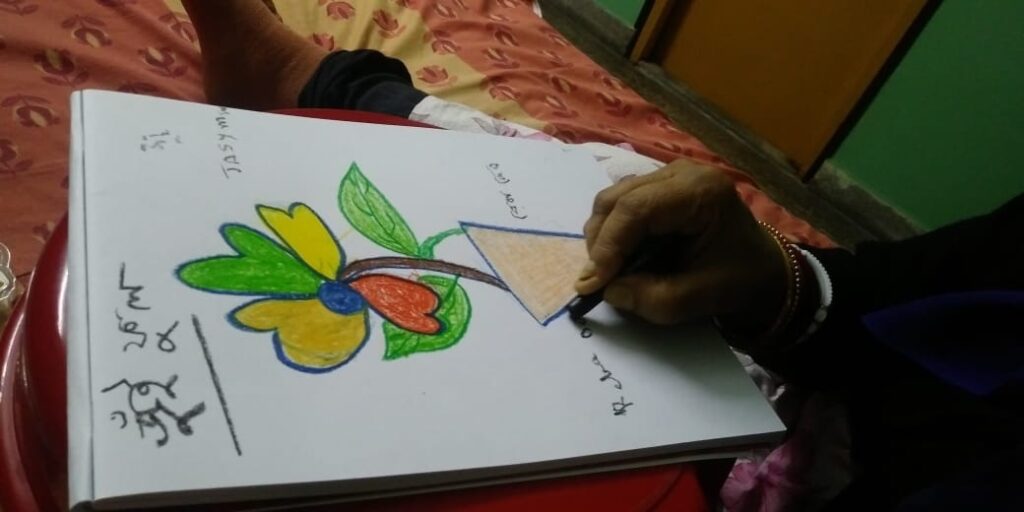Rhythm is basic to our existence. We can see its presence not just in our breath but also in the way we walk and the cadence of our speech. In fact, all our organs are also organized around rhythms. Babies, before they are born, learn from sounds such as the rhythm of the mother’s heartbeat. Rhythm is also the temporal pattern of music and consists of beats on which the entire melody is placed.

Through a process called Rhythmic Entrainment, humans naturally coordinate and synchronize their movements to rhythmic cues. The evidence of this can be seen when humans naturally move to the beats of music, without being consciously aware of it. MRI scans have shown that just sitting and listening to rhythmic music can activate the motor areas of our brain such as the mid-premotor cortex (PMC) and the supplementary motor area (SMA), thus driving our bodies to move.

Rhythmic auditory cueing strategies with the use of music and sound have been used extensively to improve motor problems in a variety of movement disorders such as Parkinson’s Disease. It is the process of using repetitive beats to synchronize the body’s movement with the external rhythm. This has shown positive results in motor rehabilitation, as the auditory cortex perceives stimuli in shorter reaction times compared to visual or tactile perception and it also possesses rich connectivity to the motor centres.

In Parkinson’s Disease, the body gets progressively more rigid, with shorter steps and reduced movements. It also completely destroys the innate rhythm of the body, which makes movements jerky. However, we have seen that by stimulating ‘Body Memory’ of reflex movements by various means, music being the most common, some of the innate rhythm can be revived, and the rigidity reduced.

Its World Parkinson’s Day today and let us try doing our day-to-day activities with a twist! Make a collection of your favourite rhythmic songs and listen to them as you go about your daily activities, your walks or even while doing nothing, and derive both emotional and physical benefits through the use of rhythm.
Author – Ms. Shubha Bangur, Movement Psychotherapy Practitioner.
